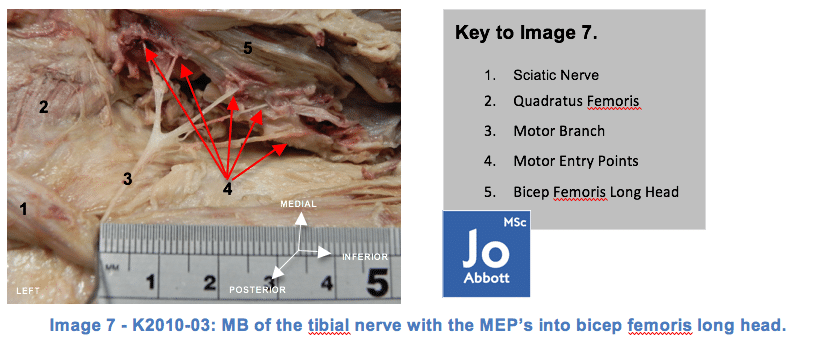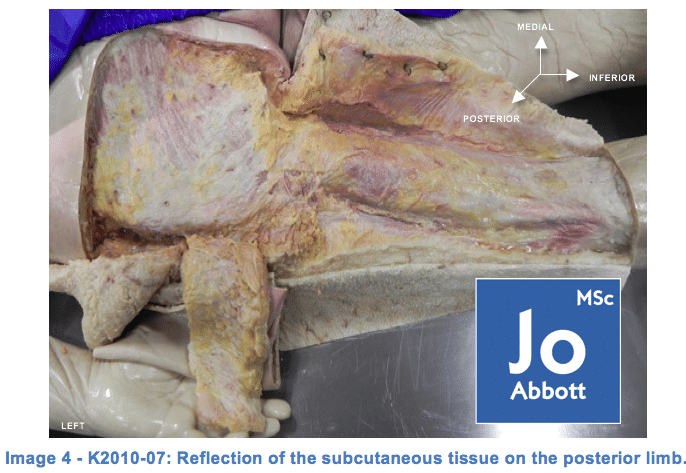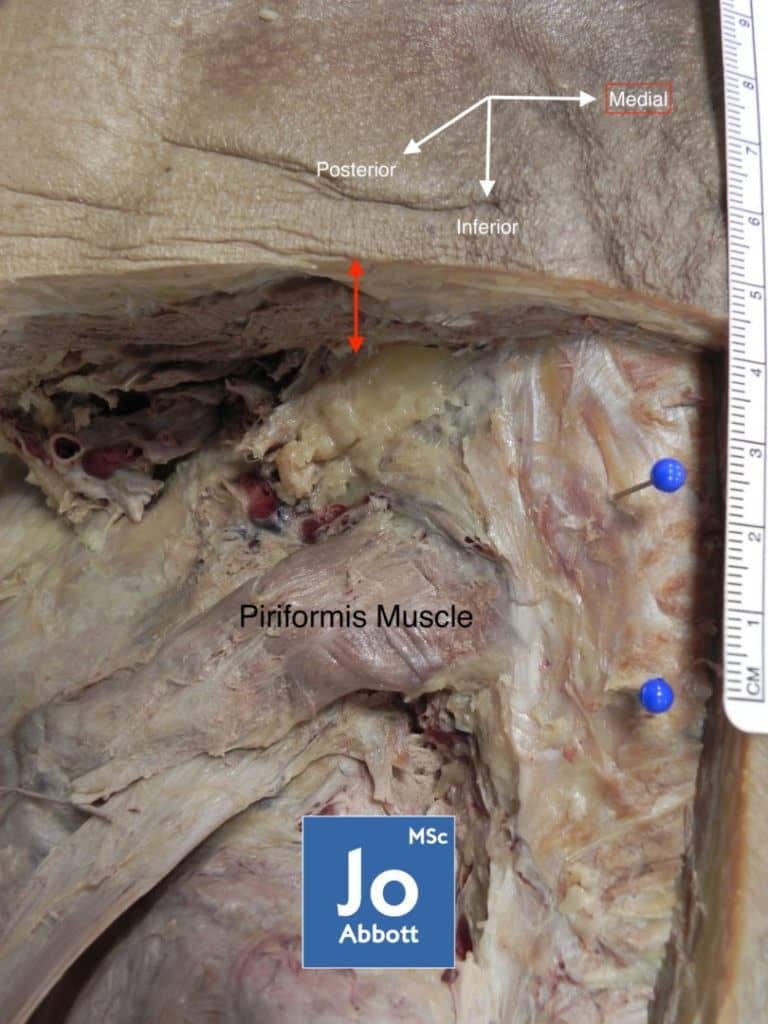Narrative from a Personal Trainer
“Client came to me with “sciatica”, diagnosed by GP many years ago, and this time self diagnosed by client himself with the help of Google & problems with gait”.
- There’s nothing wrong with using Google to help a person try to make some sense of their symptoms, as long as common sense is applied – use reputable website’s based on facts and not websites built on a persons belief system. The NHS figures show the number waiting at least a week to see their GP has risen by 56 per cent in five years, amid the longest waiting times on record, there is no wonder people are using the internet to provide them with the answers they need.
“He is unable to walk properly due to his problems and feels like he is dragging one of his legs along with him”.
- Gait (walking/locomotion) is a very complex orchestration of multiple mechanisms – walking optimally is like listening to a mesmerising concerto: all contributors come together in a series of beautifully timed, pitched, and rhythmic patterns. To keep it simple there are two phases of gait: 1) weight acceptance phase – closed kinetic chain; external resistance that prohibits free movement and, 2) swing phase – open kinetic chain; free movement. Although it sounds like one leg is non-optimal during swing phase, there is suggestions there is a problem with the weight acceptance phase of gait.
“He also had a knee problem on the same leg, which he is seeing a consultant for”.
- Swing phase leg or weight acceptance leg? What is the diagnosis? Knowing this may support the HDR. Take video footage, share with your group.
“He is majorly flat footed on both feet..”
- What is ‘majorly’? A more helpful report (to gain support on this man) would be to know what his foot biomechanics are at each segment i.e. the rear foot, mid foot, and fore foot.
“..and has had problems with his hamstrings, but they are not too bad at the moment”.
- ‘Problems’ – what are the problems with the hamstrings? I’m also not too keen on using phrases like ‘bad’ around Patients/Clients. Words have power. Their meaning frame perceptions that shape our beliefs, drive our behavior, and ultimately, create our world. With this gentleman’s already complex nature of non-optimal strategies, an negative emotional perception of his ‘bad hamstrings’ may resign blame to them: this may contribute to a lengthy rehabilitation process.
“Has muscle weakness on his bad side. He found the pelvic isometric protocol quite challenging on his bad side”.
- “Bad side”? Again, we would want to try to avoid using negative language that may force blame to a side of his body. Non-optimal muscle recruitment (muscle weakness) where? When? When loaded? When unloaded? What is driving this non-optimal recruitment?
“..and the piriformis one made him feel like he was going to cramp”
- This may indicate that the piriformis does not have the capacity to lengthen (see muscle capacity). It may indicate that the piriformis is ‘self-bracing’ (more on this another day!).
“He regularly stretches his hamstrings which give him pain rather than a decent stretch”.
- So it sounds like neither the piriformis nor hamstrings like to be stretched. Let’s look at the anatomy of the sciatic nerve again. (If you need to refresh the journey of the sciatic nerve click here). If the sciatic nerve is impeded from the pelvis to the foot then pain or restriction of your nerve movement is a common result. The adverse neural tension can result in nerve pain and limited motion. Common drivers to an impeded a nerve’s movement include: disc pressure, compression from surrounding structures, other emotional drivers (not to be discussed here). So this may suggest why this gentleman has pain when stretching his hamstrings.

Image above shows the sciatic nerve motor branches ‘plugging’ in to the hamstring muscles.

Image above shows the anatomical detail of the motor branches.
“Upon palpation, there were trigger points in piriformis..”
- Based on the anatomy below, are we able to feel the Trigger Points (TrP) in the piriformis muscle? Let’s explore all the layers we need to go through to be able to ‘feel’ the piriformis.


Image above: Now we see Gluteus maximus… be aware of how much depth we have already gone through…

- We are now down to the piriformis muscle, again look at the depth we have dissected. A Trigger Point (TrP) is a hyperirritable spot associated within a taut band of a skeletal muscle that is painful on compression or muscle contraction , and usually responds with a referred pain pattern distant from the spot. Very often there are nodules palpable within the muscle often at the size of 2-10 mm (REF). Are we really able to feel 2-10mm spot in the piriformis through all the other layers? Is what we are feeling in the piriformis? Or could it be another part of posterior hip anatomy?
“…but his leg was too over sensitive as a result of the small palpation, that it made pain go all the way down his leg to his calf”.
- Looking at the previous anatomy of the piriformis muscle and sciatic nerve, why do you think there was this reaction?
Summary
- What is the driver? Feet/foot biomechanics? Piriformis? Knee? Hamstrings? Emotions? Disc?
- At no point ‘pain’ has been described, the majority of the Case Report has been lack of function.
- What ‘can’t’ this man do? What is important to him? How will he know he is getting better? What is his first milestone to know he is improving? Gathering this information and setting realistic goals may provide the Patient/Client with clear objectives and keep them engaged in their rehabilitation process.
- Career?
- Hobbies?
- Any medications?
NEXT WEEKS BLOG:
- Are you rubbing and robbing?
- When does Motor Control come in to the rehabilitation?
-
There are so many mechanisms involved in squatting, some of these mechanisms are fundamental to the human design, others blow off the cobwebs and allow us to keep moving safely and efficiently. Reducing squatting exposes the joints to premature aging; knees, hips, ankles, spine, and pelvis.
-
Thumb joint corrects foot pain! Seriously?
I know, crazy right? I must be mistaken? It has to be some kind of black magic? I'm pain-free because of some other factor? It must be psychosomatic?To be honest, I have heard it all now. What's important? My wrist is pain-free enabling me to get back to a normal life after 2 years of pain!



0 responses on "How to conduct a great Consultation: pain and function"